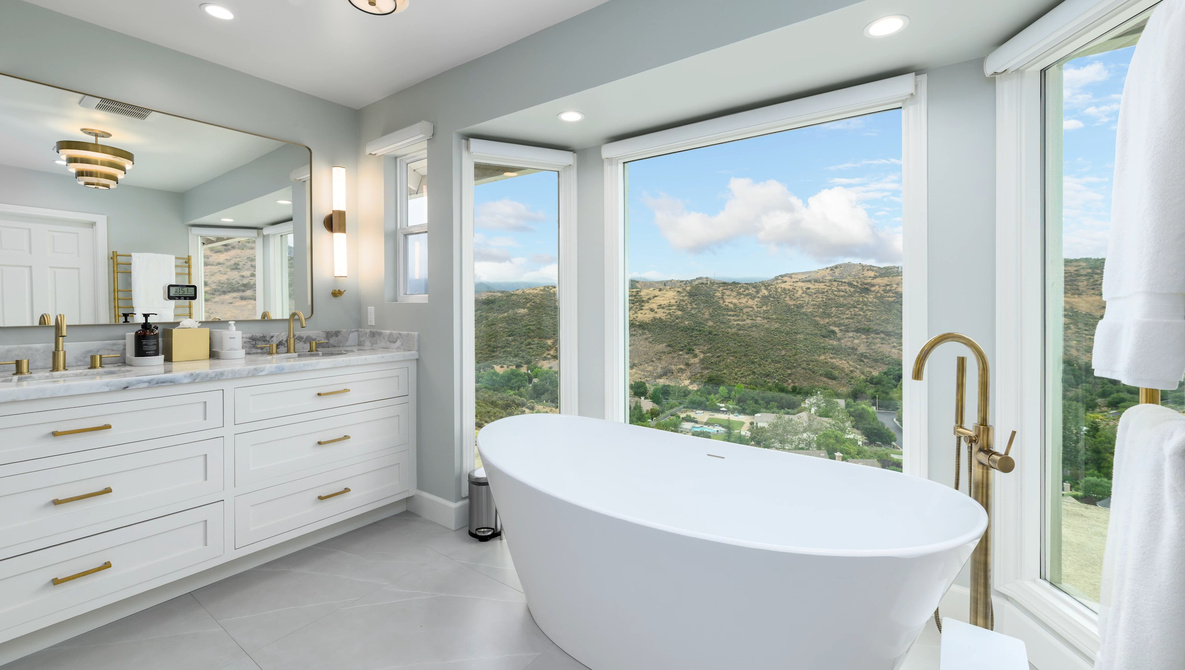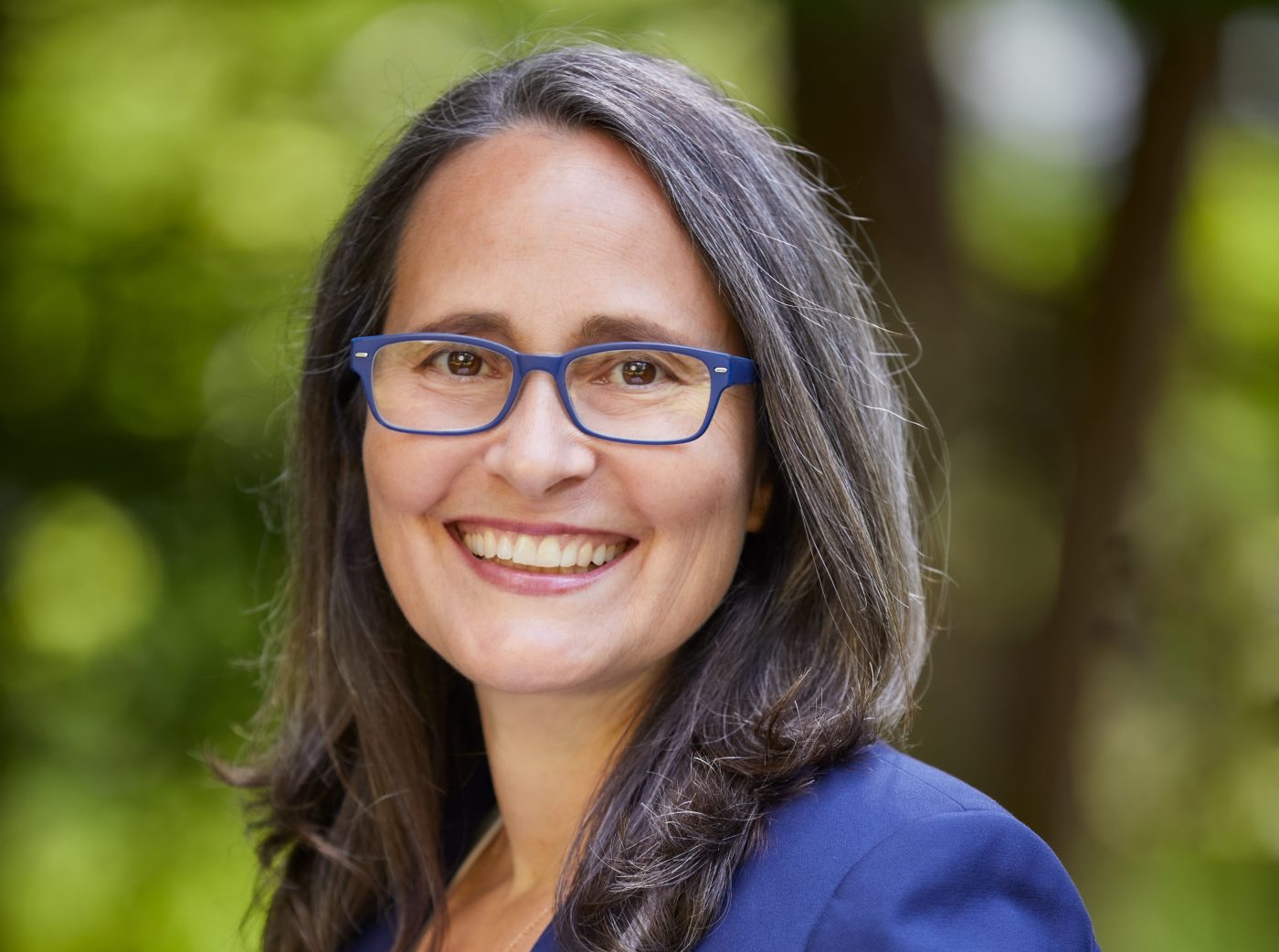URGENT UPDATE: A groundbreaking video tutorial by photographer Alex Cooke is transforming the way real estate photography is approached, emphasizing the critical role of composition. Released just hours ago, this must-see content breaks down essential techniques that can elevate property listings from ordinary to extraordinary.
Cooke’s video, launched by Cool, focuses on the immediate need for photographers to master composition to effectively guide attention and enhance the feel of a space. The tutorial is especially relevant now, as sellers increasingly seek standout images to attract buyers in a competitive market.
The video begins by stressing the importance of geometry. Cooke explains that viewers naturally expect verticals to be vertical and cameras to be level. The tutorial outlines using a virtual horizon for precise alignment, ensuring that the camera is steady and correctly positioned. “It’s vital to set geometry first,” Cooke states, “as it lays the foundation for everything that follows.”
After establishing geometry, the video transitions into visual flow, demonstrating how to use structural lines to highlight key features, such as kitchen ranges and window views. Cooke illustrates how tonal contrast can draw the eye effectively without overwhelming the viewer, a technique that can be particularly beneficial when photographing modest spaces, making them feel intentional and inviting.
Cooke advises that the classic rule of thirds is helpful but secondary to establishing clear flow paths within a room. “Understanding how to read a room is essential,” he emphasizes, “it’s about the lines and tones, not just the objects.”
The video also introduces essential techniques for achieving the best angles. Cooke recommends an angular perspective that captures two walls, providing a broader view of the space. However, he warns against the pitfalls of distortion when using an 18mm lens, advising photographers to step back or opt for a longer lens to maintain natural proportions in furniture.
For those shooting with a full-frame camera, Cooke suggests keeping the lens at 20mm or longer to avoid distortion. Yet, he acknowledges the necessity of the 18mm lens in certain situations where coverage is paramount.
Moving on to single point perspective, Cooke explains that positioning the camera perpendicular to a wall can create a more symmetrical and polished look, ideal for high-end listings. “This setup requires careful attention to alignment but pays off significantly in terms of perceived value,” he notes.
Framing shots add an element of intrigue, allowing photographers to capture images through doorways or architectural features, which can entice viewers before revealing the full scene. Cooke highlights that while listing agents may be hesitant to use framing due to visibility concerns, it can significantly enhance the appeal for design-focused clients.
Cooke’s method emphasizes a psychological flow: starting with an angular perspective for context, introducing discovery through framing, and anchoring the scene with a single point view. He encourages photographers to include small details or vignettes to create an engaging narrative rather than just a visual map.
As real estate markets continue to evolve, mastering these techniques is becoming increasingly crucial for photographers looking to make an impact. The video is now available for immediate viewing, and those in the real estate industry are encouraged to implement these strategies to stay ahead in a fast-paced market.
Check out the full rundown in the video above and elevate your real estate photography game today!






